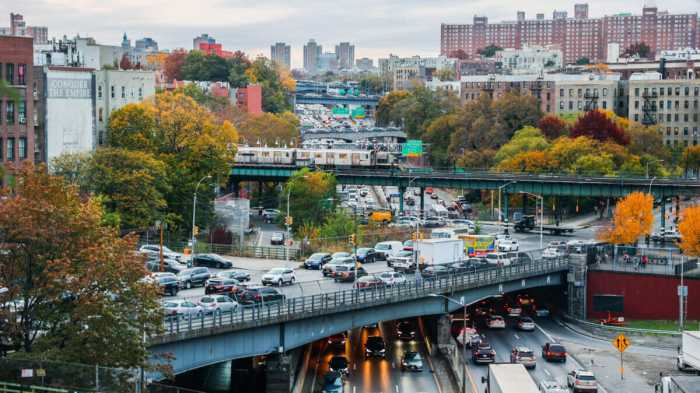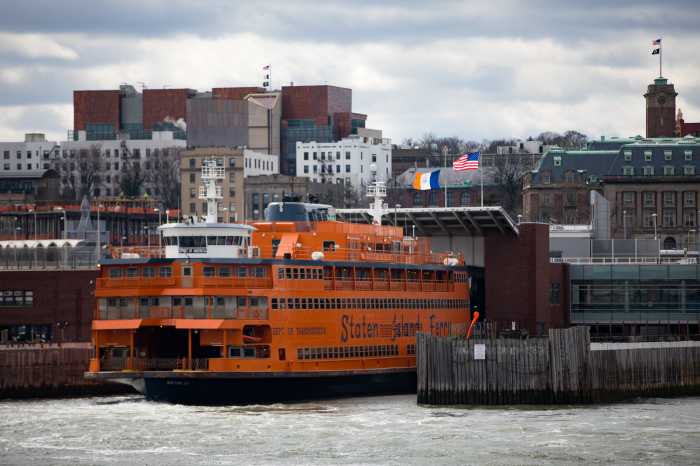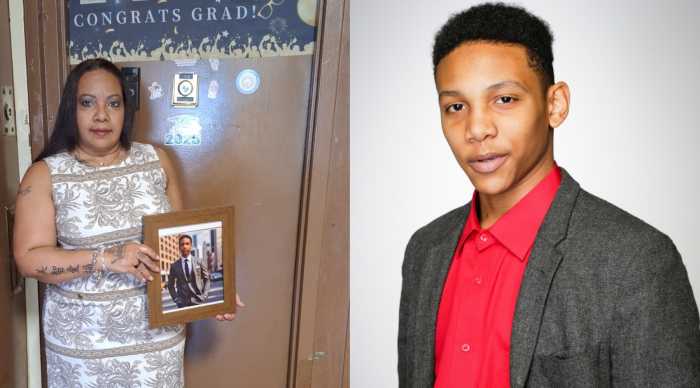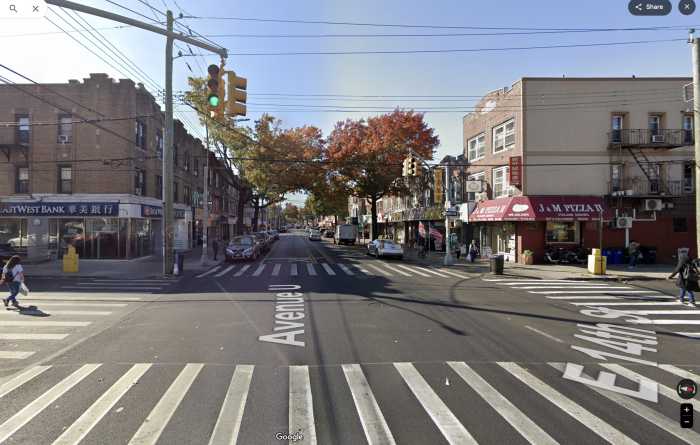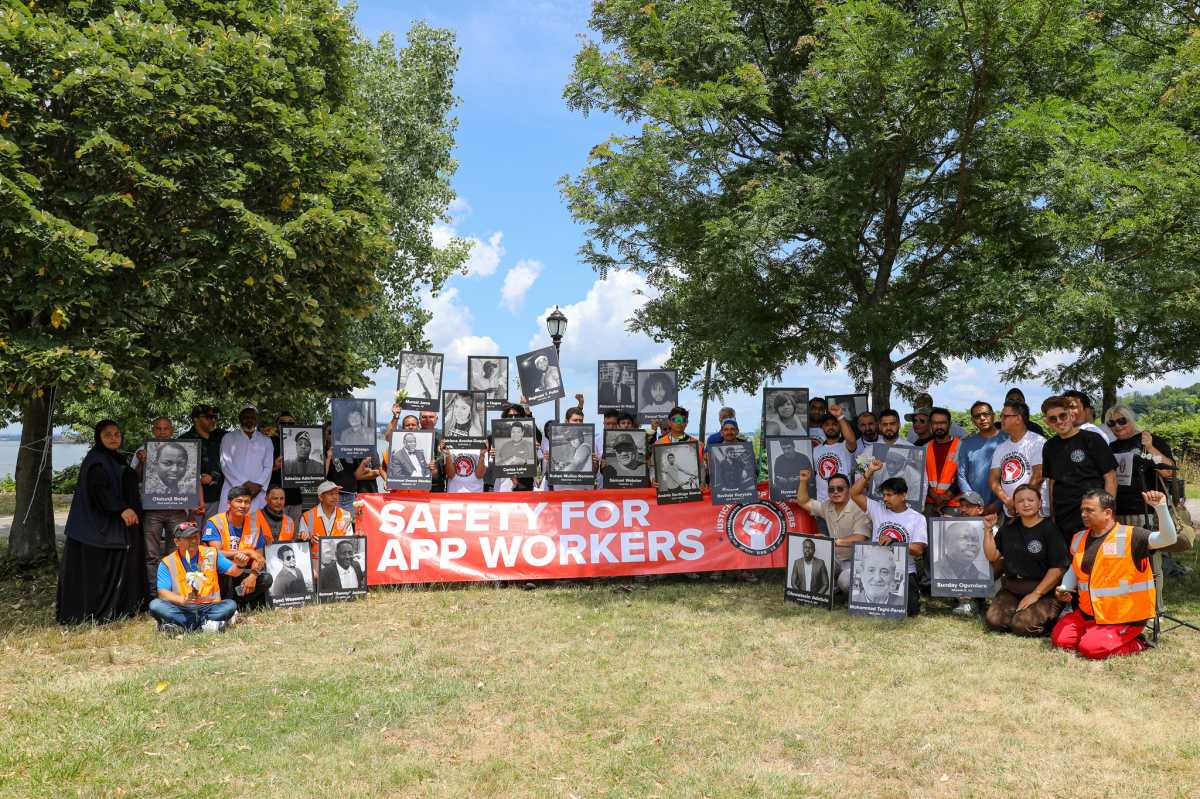
Amid MTA’s vows to create a more accessible subway, advocates have provided a new map showing it how.
They issued a new map Thursday, recommending 50 stations where advocates believe the MTA should add elevators next. The outline comes days after the tragic death of Malaysia Goodson in a fall down subway stairs, and as the authority itself analyzes which 50 stations it will promise to make accessible over five years.
“We started with an approach that prioritized the needs of people with disabilities,” said Colin Wright, senior advocacy associate at TransitCenter. “So what we did was first chose major transfer hubs and express stops, number one. Number two, we looked at areas of town where people with disabilities live and travel . . . and, number three, we chose stations that serve major activity centers across the city."
Those centers include institutions like universities, hospitals and museums; business districts and areas of the city where more elderly residents tend to live. The resulting map includes stations such as Mosholu Parkway on the 4 line in the Bronx; 137th Street-City College on the 1 line in Manhattan; and DeKalb Avenue station in Brooklyn. Major stations that would also become accessible include Hoyt-Schermerhorn, Lorimer Street-Metropolitan Avenue and 14th Street/Eighth Avenue.
Advocates hope their map will help influence the MTA to improve its poor track record for accessibility. Only 118 of the subway system’s 472 stations are wheelchair accessible.
After years of pressure to improve that figure, the MTA made accessibility a top priority last year at the guidance of NYC Transit President Andy Byford. He’s overseeing a feasibility study of the remaining stations to determine which new stations will receive elevators, should his Fast Forward modernization and accessibility plan get funded. The plan, a 10-year blueprint estimated to cost around $40 billion, pledges, in part, to install elevators at 50 stations within a five-year window.
TransitCenter’s map — which was shaped alongside other groups, including the United Spinal Association, Rise and Resist and Riders Alliance — won support among some city and state elected officials as well as other accessibility groups in attendance. They called on Gov. Andrew Cuomo and the State Legislature to properly fund Fast Forward by passing a congestion pricing policy, as well as any other measures needed.
“The lack of accessibility in our subway system is nothing short of an emergency,” said City Council Speaker Corey Johnson.
Patrick Muncie, a spokesman for Cuomo, referred to his statement made on Wednesday, saying, “We 100 percent believe increased accessibility must be a priority, which is why the governor has proposed a congestion pricing plan to provide billions of dollars in necessary capital funding to the MTA. "
Despite Democrats controlling all levers in Albany, there is still no clear sign that a congestion pricing plan would pass, or that enough revenue streams would be created to cover the estimated $60 billion price tag of MTA’s next five-year capital plan, which would include the first half of Fast Forward.
Assemb. Jo Anne Simon, who supports the accessibility campaign and the 2015 congestion pricing plan outlined by Move NY, said a lot still needs to be hashed out in the congestion pricing plan Cuomo included in his budget proposal.
“Right now, what we have is not enough in the bill to know what we’re voting on,” Simon said.
Assemb. Robert Carroll stressed that the state must take charge. He slammed the governor’s congestion pricing funding proposal, noting that the tolls wouldn’t kick in until 2021 — two years into the MTA’s next capital plan — and claiming the estimated $15 billion in revenue it would spur to be "arbitrary."
“The state has supremacy on this issue,” said Carroll. “Let’s take responsibility for it and pay for it.”



